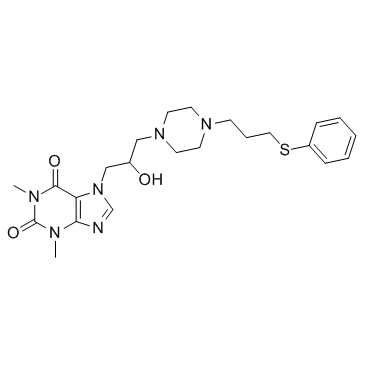Neuroscience
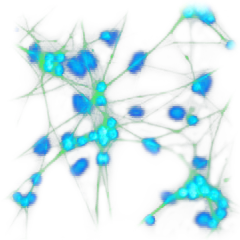
Neuroscience
Neurons communicate with each other, effector organs and sensory organs through the neurotransmitter – receptor pathway at synapses. Neurotransmitters can be divided into 4 major groups: 1. Amino acids (glumate, aspartate, serine, glycine and GABA); 2. Monoamines (norepinephrine, epinephrine, dopamine, histamine, and serotonin); 3. Peptides (opioid peptides, substance P, somatostatin); and 4. Others (acetylcholine, NO, nucleosides).
Targets for Neuroscience
- 5-HT Receptor(521)
- AChR(57)
- AChE(103)
- Alzheimer(88)
- Amyloid β(130)
- BACE(5)
- CGRP (32)
- COX(290)
- DAPK(5)
- Dopamine Receptor(304)
- GABA Receptor(234)
- Gap Junction(15)
- GluR(121)
- Histamine(2)
- Histamine Receptor(233)
- mPEGS-1(4)
- Muscarinic Receptor(42)
- Neuroscience Peptides(47)
- Nicotinic Receptor(65)
- P2 Receptor(2)
- P2X7 receptor(3)
- SSRIs(7)
- Substance P/NK1 Receptor(20)
- NMDA(2)
- Cholecystokinin Receptor(24)
- GPR139(4)
- mAChR(141)
- MCHR1 (GPR24)(15)
- Neurokinin Receptor(61)
- iGluR(136)
- nAChR(67)
- Beta-secretase(24)
- CaMK(31)
- Dopamine Transporter(19)
- Monoamine Oxidase(85)
- Serotonin Transporter(57)
- Behavioral Neuroscience(274)
- DREADD(0)
- Huntington(10)
- Neuroendocrinology(39)
- Neuroprotection(81)
- Ophthalmology(116)
- Pain Research(166)
- Parkinson(49)
- Seizure Disorders(74)
- Prion(6)
- Cholinesterases(13)
Products for Neuroscience
- Cat.No. Product Name Information
-
GC63267
α-Chaconine
α-Chaconine inhibits the expressions of COX-2, IL-1β, IL-6, and TNF-α at the transcriptional level.
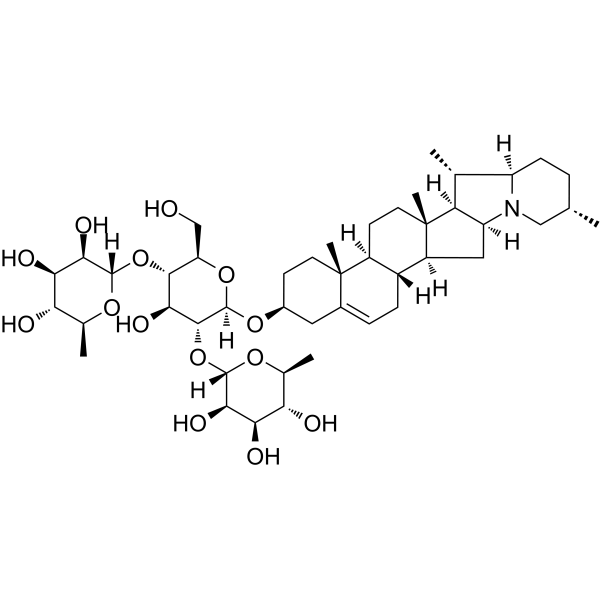
-
GC49097
α-Conotoxin AuIB (trifluoroacetate salt)
GCCSYPPCFATNPDC
A conotoxin and an antagonist of α3β4 subunit-containing nAChRs
-
GC26093
α-Conotoxin GI
α-Conotoxin GI, a 13-residue peptide originally isolated from the venom of the fish-hunting cone snail Conus geographus, acts as a competitive antagonist for the muscle-type nicotinic acetylcholine receptor (nAChR) with excellent selectivity for α/δ receptor subunit binding over α/γ.
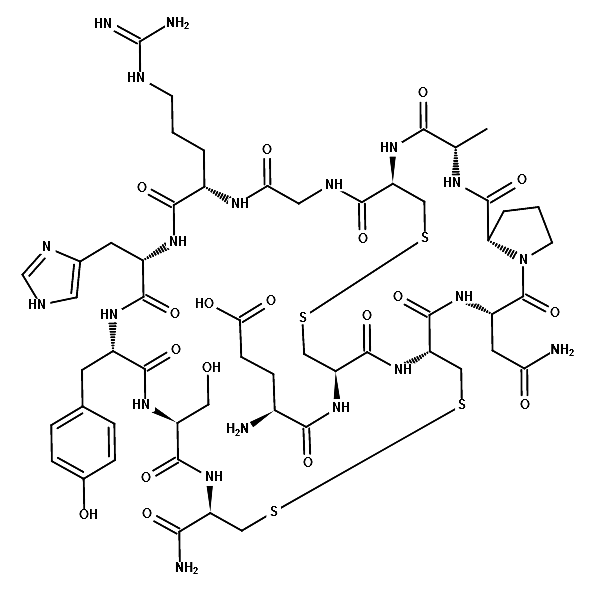
-
GC49140
α-Conotoxin ImI (trifluoroacetate salt)
α-CTx ImI, GCCSDPRCAWRC
A conotoxin and an antagonist of α7 nAChRs
-
GC49838
α-Cortolone
20α-Cortolone, NSC 59872
A metabolite of cortisol
-
GC40262
α-Humulene
αCaryophyllene, (±)-αHumulene
α-Humulene is a sesquiterpene that has been found in C.
-
GC64563
α-Methylserotonin

-
GC48292
α-MSH (human, mouse, rat, porcine, bovine, ovine) (trifluoroacetate salt)
α-Melanocyte-stimulating Hormone, Ac-SYSMEHFRWGKPV-NH2
α-MSH (α-Melanocyte-Stimulating Hormone) TFA, an endogenous neuropeptide, is an endogenous melanocortin receptor 4 (MC4R) agonist with anti-inflammatory and antipyretic activities.
-
GC41499
α-Phellandrene
p-Mentha-1,5-diene, (±)-α-Phellandrene
α-Phellandrene is a cyclic monoterpene that has been found in various plants, including Cannabis, and has diverse biological activities.
-
GC10873
α-Spinasterol
Bessisterol, Hitodesterol
TRPV1 antagonist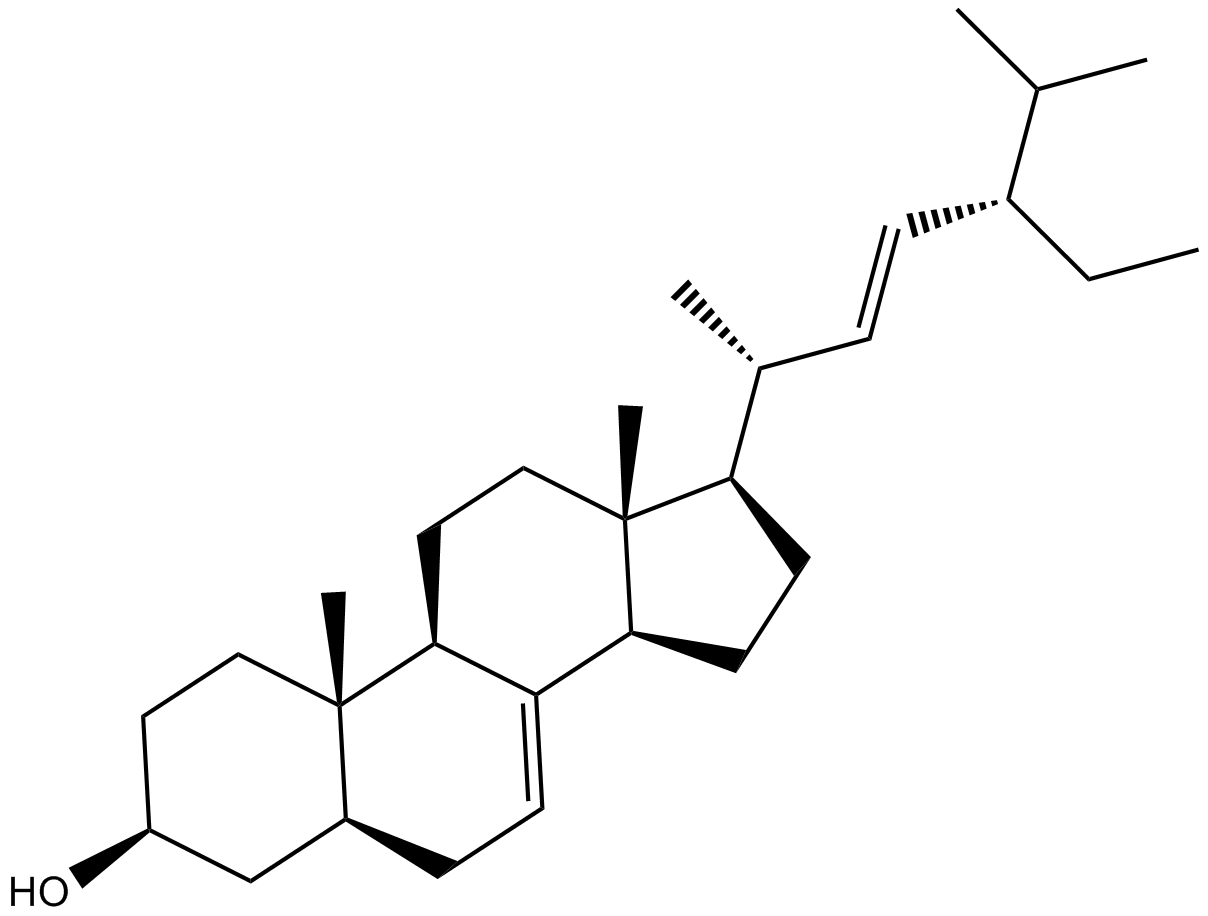
-
GC63615
α-Thujone
α-Thujone is a monoterpene isolated from Thuja occidentalis essential oil with potent anti-tumor activities.
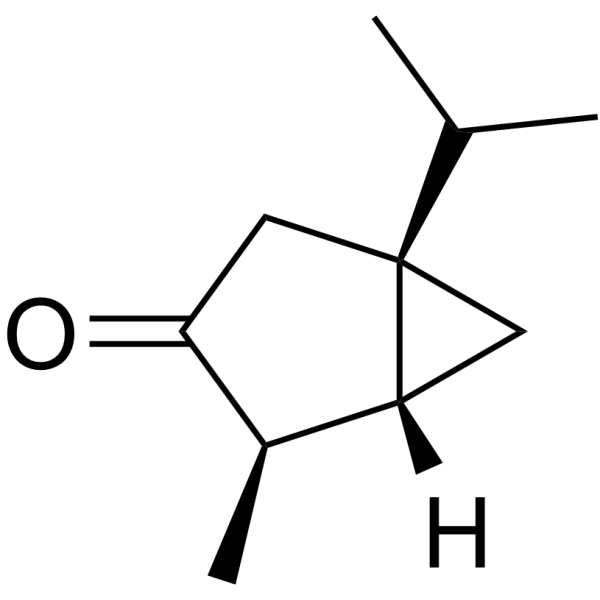
-
GC70179
α7 Nicotinic receptor agonist-1
Alpha-7 Nicotinic receptor agonist-1 (Preparation 5) is an alpha-7 nAChR agonist. It can be used for research on psychiatric disorders such as schizophrenia, mania or bipolar disorder, and anxiety disorders, as well as intellectual disabilities such as Alzheimer's disease, learning deficits, cognitive impairments, attention deficits, memory loss, Lewy body dementia and attention deficit hyperactivity disorder.
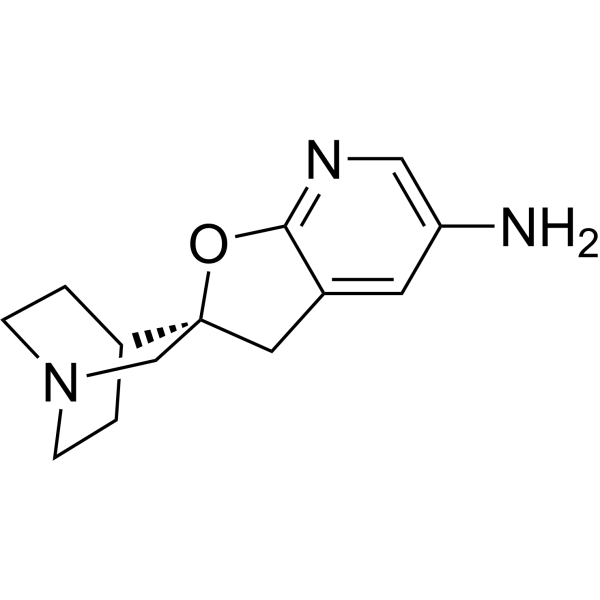
-
GC49467
β-Aescin
A triterpenoid saponin with diverse biological activities

-
GC63273
β-Amyloid (1-14),mouse,rat

-
GC66089
β-Amyloid (1-40) (TFA)
Amyloid Beta-Peptide (1-40) (human) TFA; Amyloid β-Peptide (1-40) (human) TFA
β-Amyloid (1-40) TFA is a primary protein in plaques found in the brains of patients with Alzheimer's disease.
-
GC70182
β-Amyloid (1-40), FAM-labeled TFA
Beta-amyloid (1-40), FAM-labeled TFA is a FAM fluorescently labeled beta-amyloid (1-40) peptide (Λex= 492 nm and Λem= 518 nm).

-
GC63274
β-Amyloid (1-42), (rat/mouse) (TFA)
Amyloid β-peptide (1-42) (rat/mouse) TFA

-
GC37984
β-Amyloid (1-42), rat
Amyloid β-peptide (1-42) (rat/mouse)
β-Amyloid (1-42), rat is a 42-aa peptide, shows cytotoxic effect on acute hippocampal slices, and used in the research of Alzheimer's disease.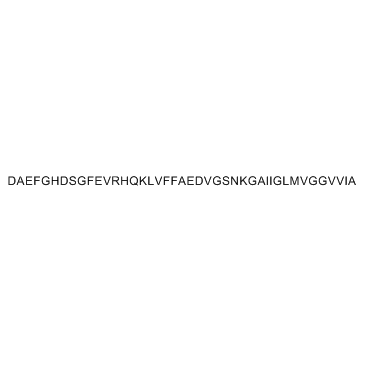
-
GC66416
β-Amyloid (22-35) (TFA)
Amyloid β-Protein (22-35) (TFA)
β-Amyloid 22-35 (Amyloid β-Protein 22-35) TFA, the residues 22-35 fragment ofβ-amyloid protein, has a cytotoxic effect on cultured neurons from the rat hippocampus in serum-free medium. β-Amyloid 22-35 TFA forms aggregates and typical amyloid fibrils resembling those of the β-amyloid protein in neutral buffer solution).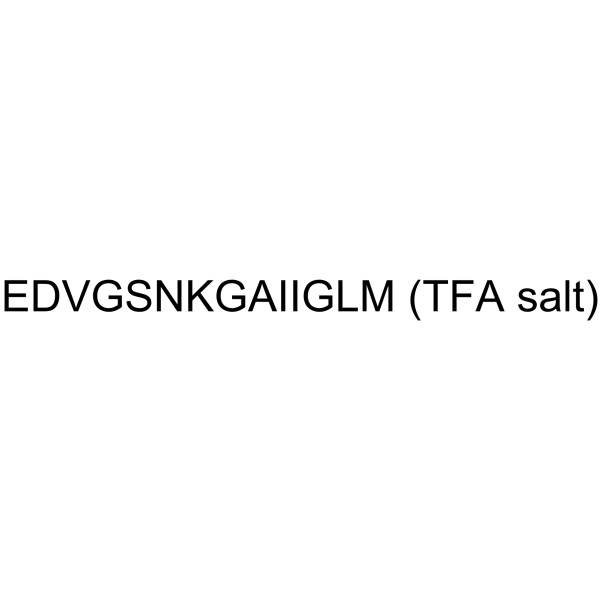
-
GC66346
β-Amyloid (42-1), human TFA
Amyloid β Peptide (42-1)(human) TFA
β-Amyloid (42-1), human TFA is the inactive form of Amyloid β Peptide (1-42). β-Amyloid (42-1), human TFA is a 42-amino acid peptide which plays a key role in the pathogenesis of Alzheimer disease.
-
GC37986
β-Amyloid 1-17
β-Amyloid 1-17 is a peptide of β-Amyloid, stabilizes the fibres and plays a role in Aβ fibre formation.

-
GC37987
β-Amyloid 1-20
β-Amyloid 1-20 consists of amino acids 1 to 20 of beta amyloid protein.
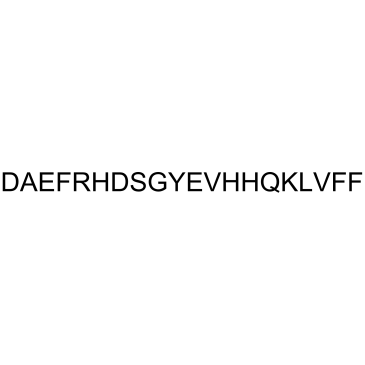
-
GC37993
β-Amyloid 1-9
β-Amyloid 1-9, an N-terminal fragment of beta amyloid, consists of amino acid residues 1 to 9.
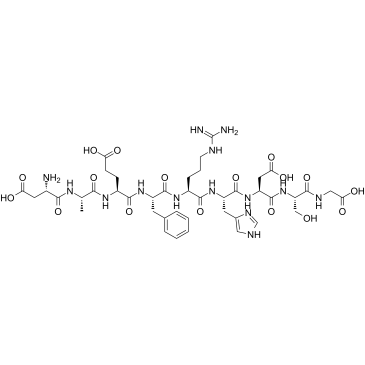
-
GC37985
β-Amyloid 11-22
β-Amyloid 11-22 is a peptide fragment of β-Amyloid.

-
GC37988
β-Amyloid 12-20
β-Amyloid 12-20 is a peptide fragment of β-Amyloid.
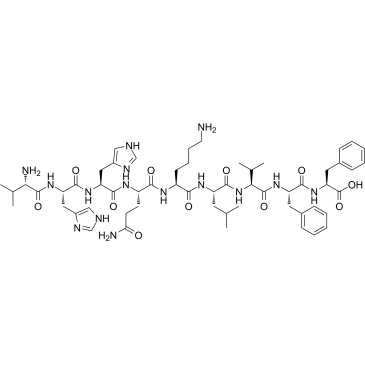
-
GC37991
β-Amyloid 15-21
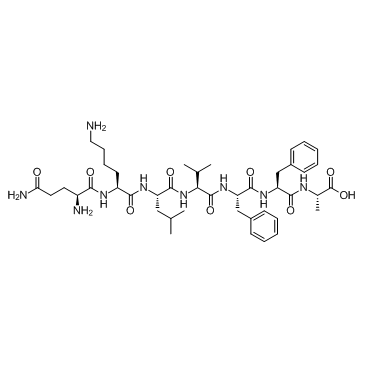
-
GC37992
β-Amyloid 18-28
β-Amyloid 18-28 is a peptide fragment of β-Amyloid.

-
GC37994
β-Amyloid 22-40
β-Amyloid 22-40 is a peptide fragment of β-Amyloid.
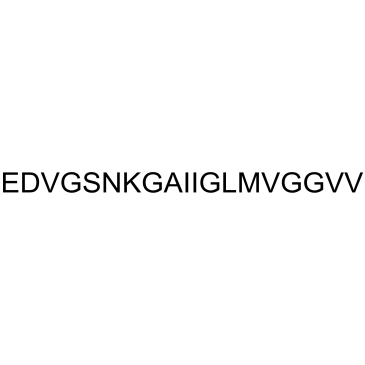
-
GC37995
β-Amyloid 33-40
β-Amyloid 33-40 is a peptide consisting of amino acid of 33 to 40 of beta amyloid protein.
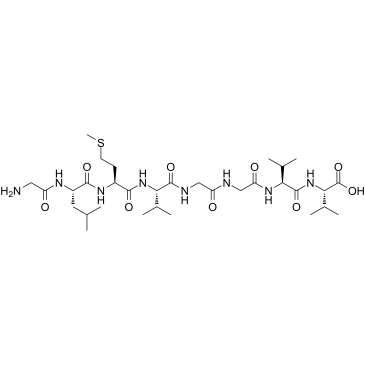
-
GC37996
β-Amyloid 35-42
β-Amyloid 35-42 is a peptide consisting of amino acid of 35 to 42 of beta amyloid protein.
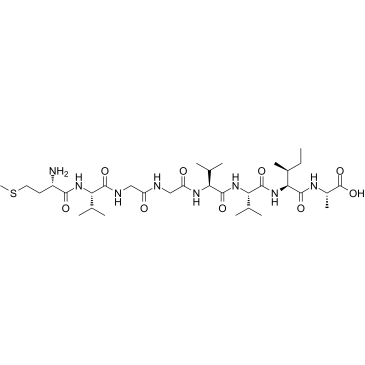
-
GC37997
β-Amyloid 4-10
β-Amyloid 4-10 is an epitope for the polyclonal anti-Aβ(1-42) antibody, reduces amyloid deposition in a transgenic Alzheimer disease mouse model.
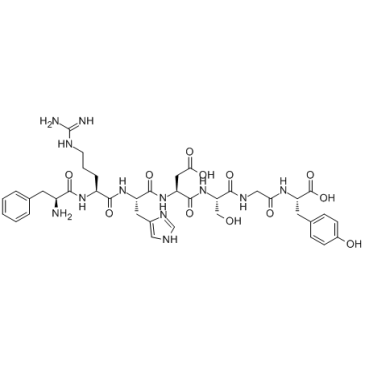
-
GC34944
β-CGRP, human TFA
Human β-CGRP TFA; CGRP-II (Human) (TFA)

-
GC41623
β-Elemonic Acid
Elemadienonic Acid, 3-Oxotirucallenoic Acid, 3-oxo Tirucallic Acid
β-Elemonic acid is a triterpene isolated from Boswellia (Burseraceae) that exhibits anticancer activity.
-
GC45234
β-Endorphin (1-27) (human) (trifluoroacetate salt)
β-Endorphin (1-27) is an endogenous peptide that binds to μ-, δ-, and κ-opioid receptors (Kis = 5.31, 6.17, and 39.82 nM, respectively, in COS-1 cells expressing rat receptors).

-
GC45236
β-Endorphin (rat)
β-Endorphin (β-EP) is an endogenous opioid neuropeptide with diverse biological activities.

-
GC52494
β-Endorphin (rat) (trifluoroacetate salt)
An opioid neuropeptide

-
GC49769
β-Glucogallin
1-O-Galloyl-β-D-glucose
A plant metabolite and an aldose reductase 2 inhibitor
-
GC40105
βARK1 Inhibitor
βARK1 Inhibitor (methyl 5-[2-(5-nitro-2-furyl)vinyl]-2-furoate) is a GRK2 (β-ARK1) inhibitor.

-
GC70650
γ-Acetylenic GABA hydrochloride
γ-Acetylenic GABA (GAG) drochloride is an irreversible inhibitor of GABA-transaminase.

-
GC38010
γ-Aminobutyric acid
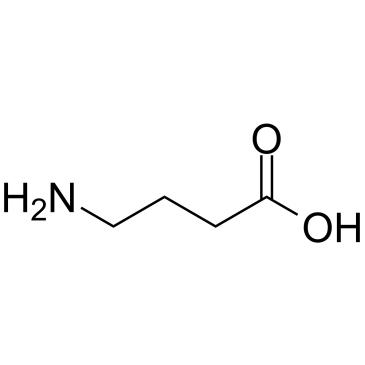
-
GC64508
γ-Aminobutyric acid-d6
γ-Aminobutyric acid-d6 (4-Aminobutyric acid-d6) is the deuterium labeled γ-Aminobutyric acid.

-
GC49865
γ-D-Glutamylglycine (trifluoroacetate salt)
γ-DGG
An excitatory amino acid antagonist
-
GC48313
γ-Lindane
An insecticide and GABAA receptor antagonist

-
GC10872
α-Conotoxin AuIB
Selective antagonist of α3β4 nicotinic acetylcholine receptors
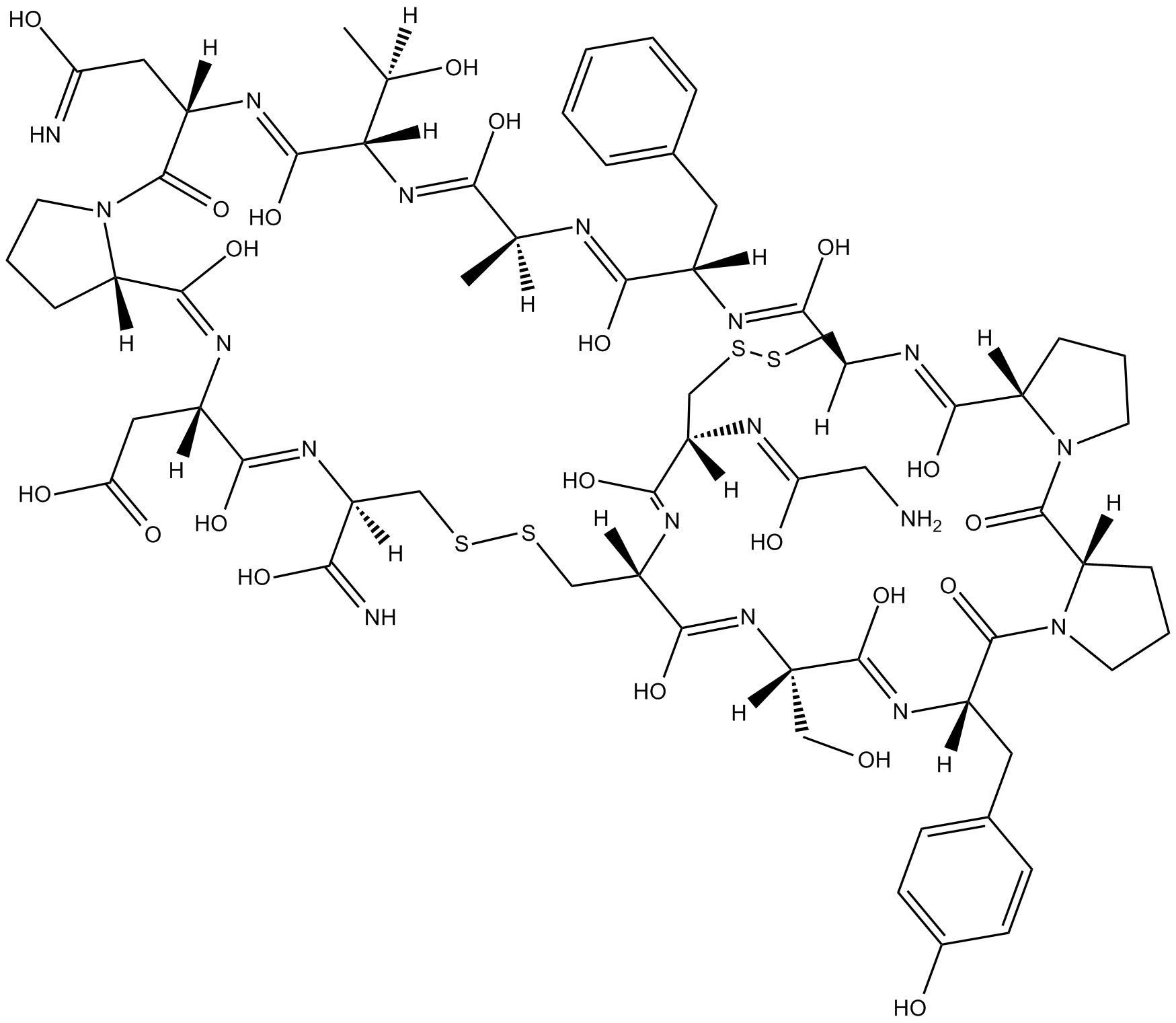
-
GC13644
α-Conotoxin EI
Selective antagonist of neuromuscular nicotinic receptors α1β1γδ
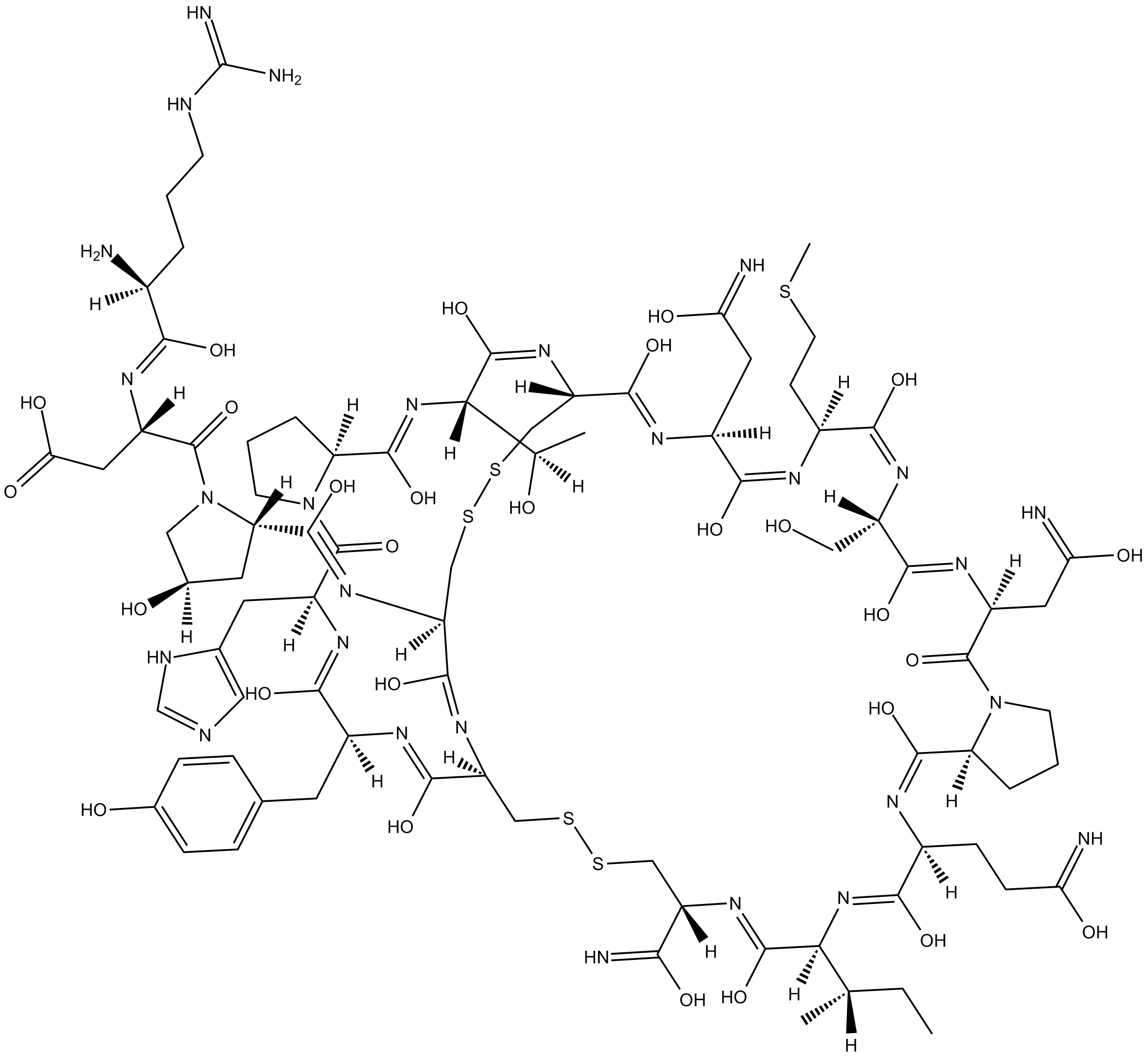
-
GC14353
α-Conotoxin ImI
Nicotinic receptor antagonist
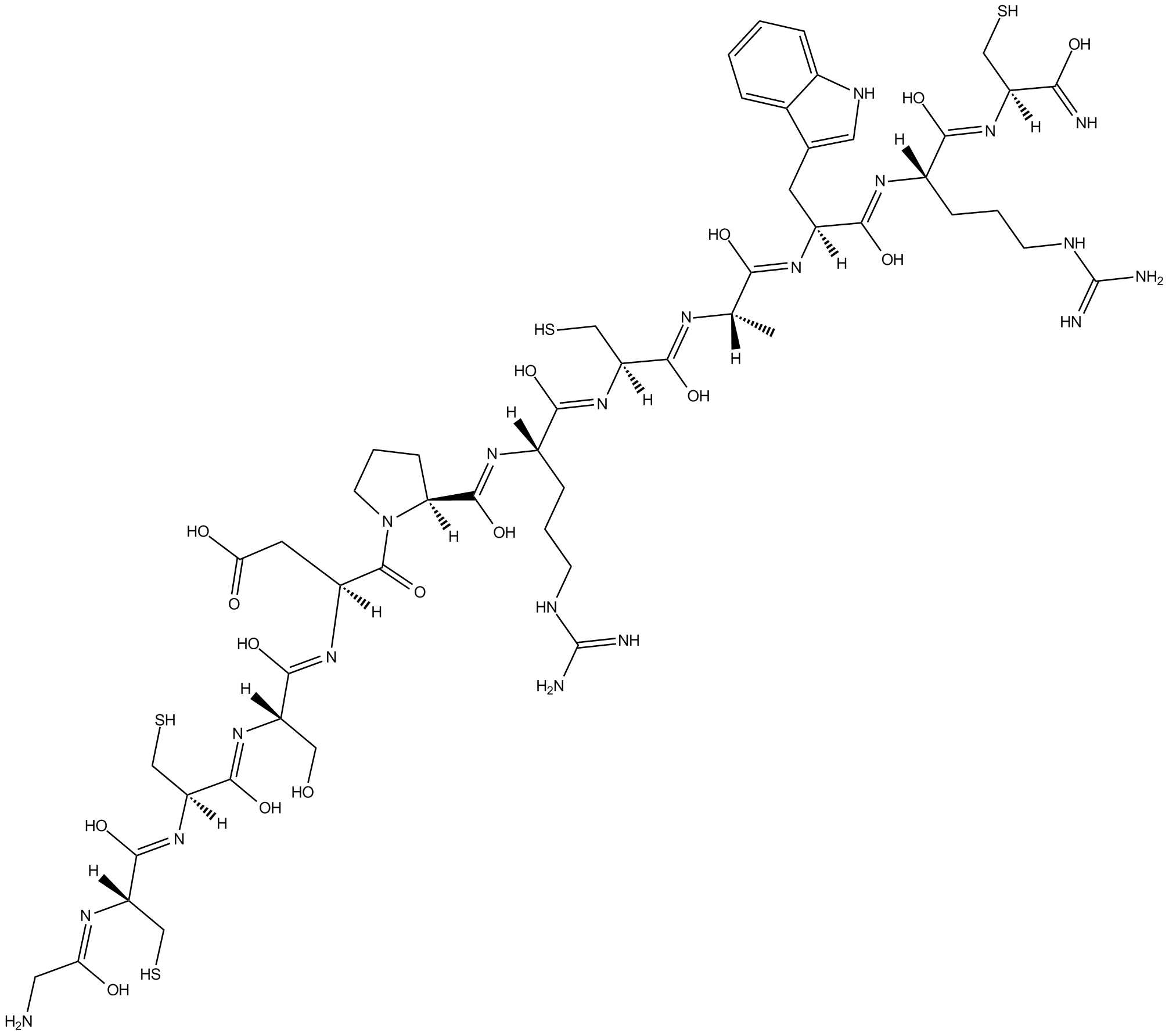
-
GC14296
α-Conotoxin PIA
Selective antagonist of α6-containing nicotinic receptors
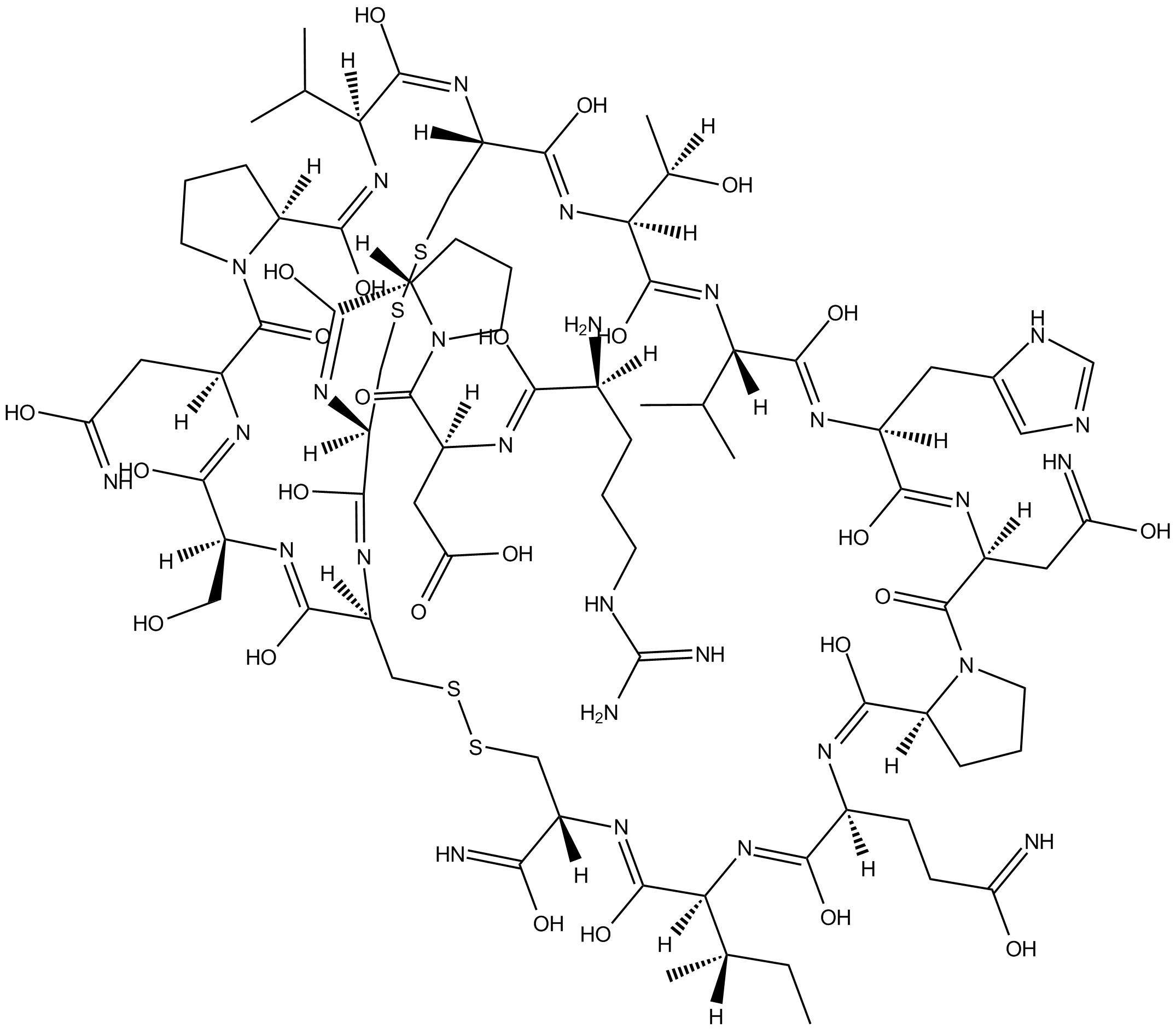
-
GC10368
α-Conotoxin PnIA
α-Conotoxin PnIA, a potent and selective antagonist of the mammalian α7 nAChR, has the potential for the research of neurological conditions such as neuropathic pain and Alzheimer's disease.
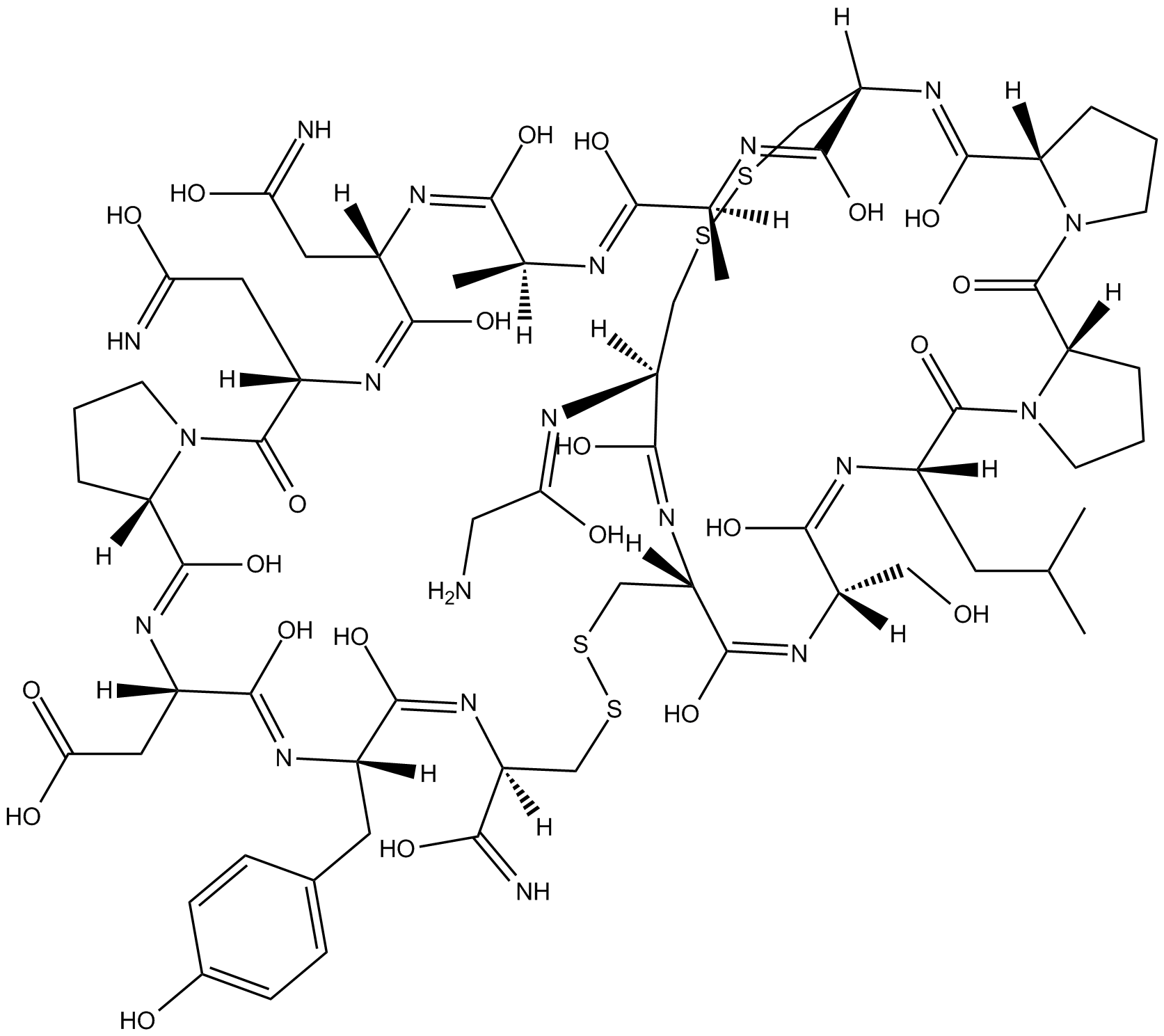
-
GC11577
α-Methyl-5-hydroxytryptamine maleate
α-Me-5-HT, α-Methyl-5-HT, α-Methyl-5-hydroxytryptamine, α-Methylserotonin
5-HT2B receptor agonist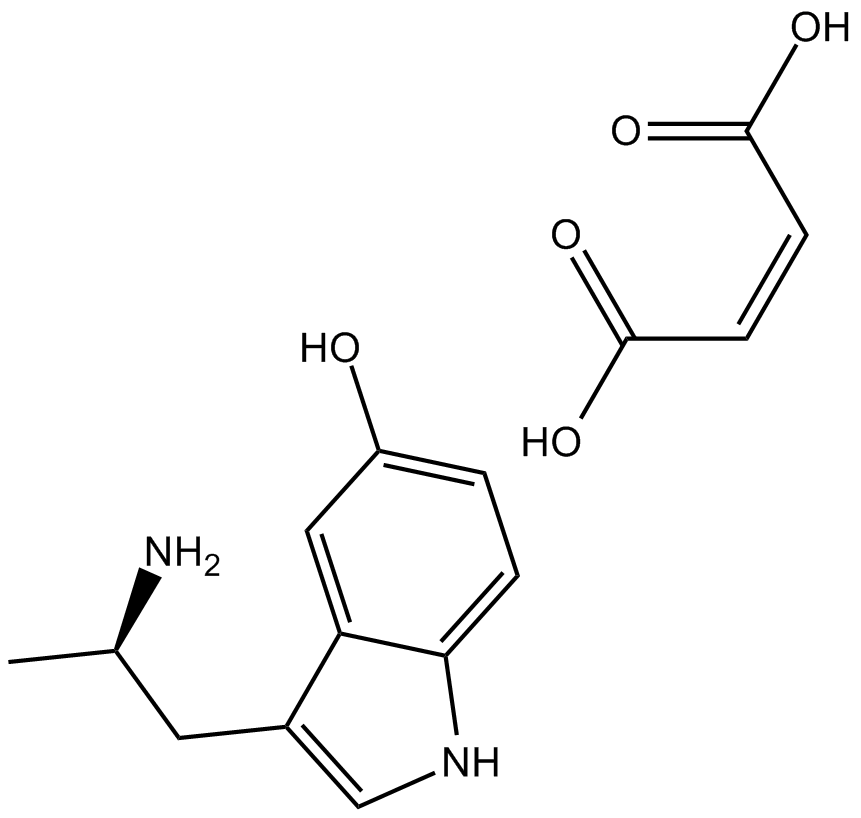
-
GC34242
β-Amyloid (1-42), rat TFA
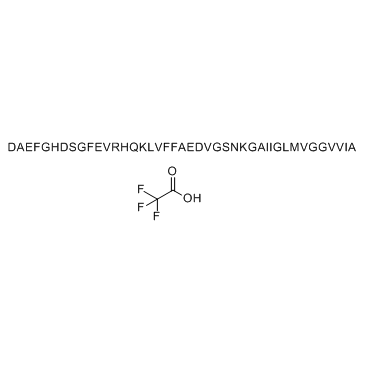
-
GC31146
β-Amyloid (10-35), amide
β-Amyloid (10-35), amide is composed of 26 aa (10-35 residues of the Aβ peptide) and is the primary component of the amyloid plaques of Alzheimer's disease.
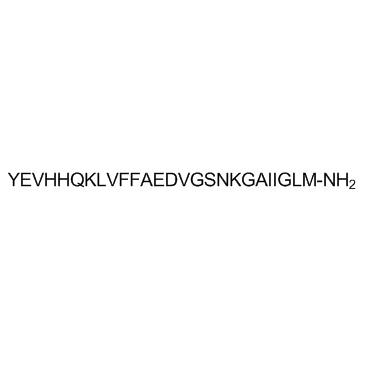
-
GC31129
β-Amyloid 1-16 (Amyloid β-Protein (1-16))
Amyloid β-Protein (1-16)
β-Amyloid 1-16 (Amyloid β-Protein (1-16)) is a β-Amyloid protein fragment involved in metal binding.
-
GC31171
β-Amyloid 1-28 (Amyloid β-Protein (1-28))
Amyloid β-Protein (1-28)
β-Amyloid 1-28 (Amyloid β-Protein (1-28)) is a β-Amyloid protein fragment involved in metal binding.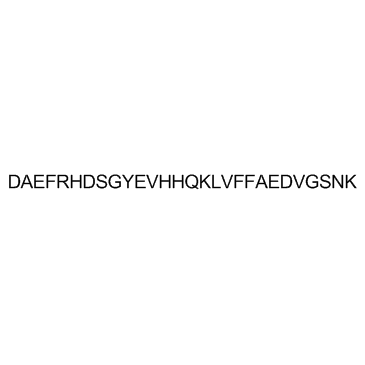
-
GC30325
β-Amyloid 22-35 (Amyloid β-Protein (22-35))
β-Amyloid 22-35 (Amyloid β-Protein 22-35), the residues 22-35 fragment ofβ-amyloid protein, has a cytotoxic effect on cultured neurons from the rat hippocampus in serum-free medium.
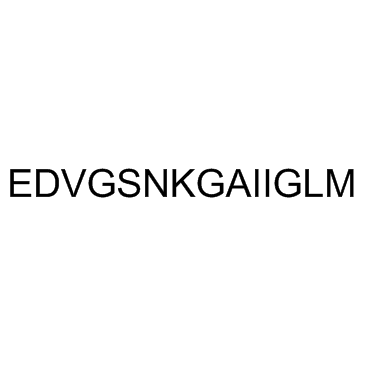
-
GC31137
β-Amyloid 29-40 (Amyloid beta-protein(29-40))
β-Amyloid 29-40 (Amyloid beta-protein(29-40)) is a fragment of Amyloid-β peptide.

-
GC31179
β-Amyloid 31-35
β-Amyloid 31-35 is the shortest sequence of native Amyloid-β peptide that retains neurotoxic activity.
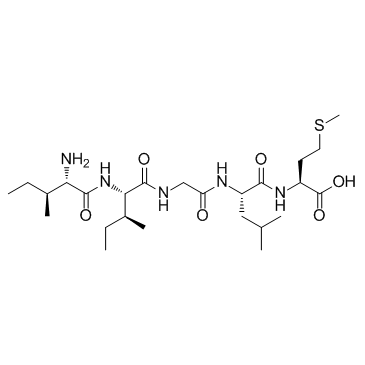
-
GC11449
β-CCB
benzodiazepine receptor ligand
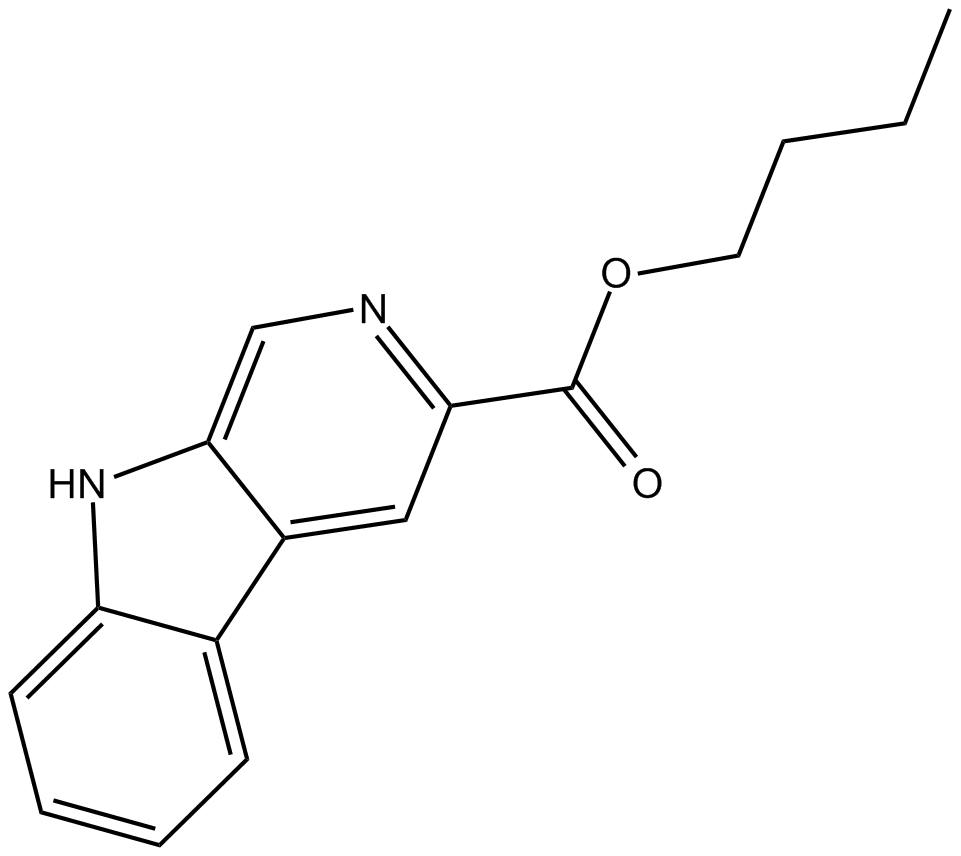
-
GC33595
β-CGRP, human (Human β-CGRP)
β-CGRP, human (Human β-CGRP) (Human β-CGRP) is one of calcitonin peptides, acts via the complex of calcitonin-receptor-like receptor (CRLR) and receptor-activity-modifying protein (RAMP), with IC50s of 1 nM and 300 nM for CRLR/RAMP1 and CRLR/RAMP2 in cells.

-
GC18033
γDGG
γDGG is a competitive AMPA receptor blocker.
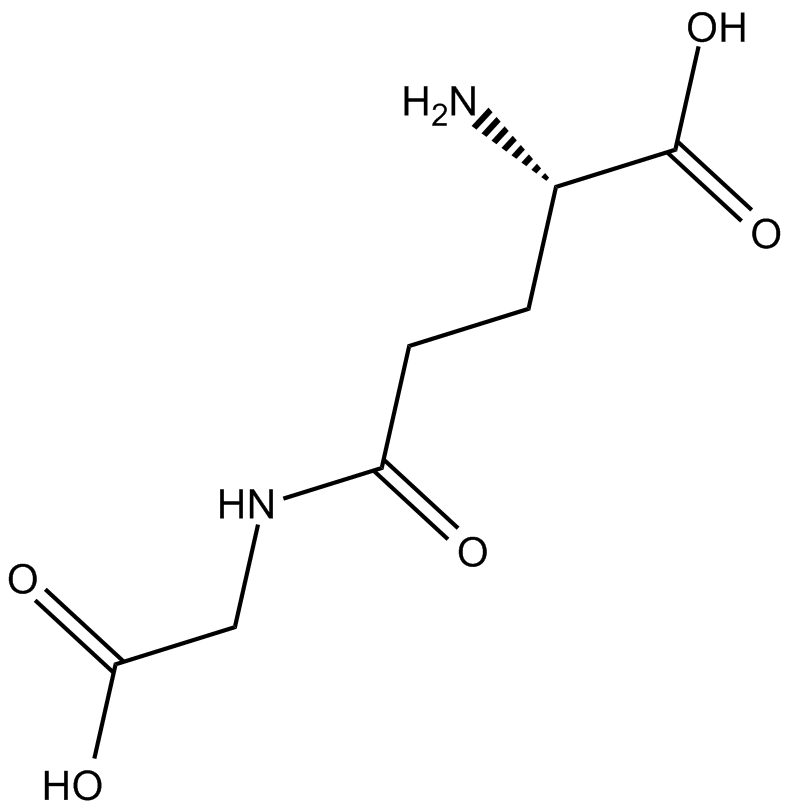
-
GC52013
(±)-10-hydroxy-12(Z)-Octadecenoic Acid
10-hydroxy-cis-12-Octadecenoic Acid
An oxylipin and metabolite of linoleic acid
-
GC52421
(±)-10-hydroxy-12(Z)-Octadecenoic Acid-d5
10-hydroxy-cis-12-Octadecenoic Acid-d5
An internal standard for the quantification of (±)-10-hydroxy-12(Z)-octadecenoic acid
-
GC41657
(±)-2-Amino-6,7-dihydroxy-1,2,3,4-tetrahydronaphthalene (hydrobromide)
(±)-ADTN, 6,7-ADTN, 6,7-diOHATN, NSC 287353
(±)-2-Amino-6,7-dihydroxy-1,2,3,4-tetrahydronaphthalene (6,7-ADTN) is a dopamine receptor agonist (EC50s = 3.5 and 0.65 μM in rat striatal and nucleus accumbens homogenates, respectively).
-
GC41658
(±)-2-hydroxy Ibuprofen
(±)-2-hydroxy Ibuprofen is a metabolite of ibuprofen .

-
GC62726
(±)-Amiflamine
(±)-Amiflamine (FLA 336) is a potent monoamine oxidase-A (MAO-A) inhibitor with a pIC50 of 5.57.
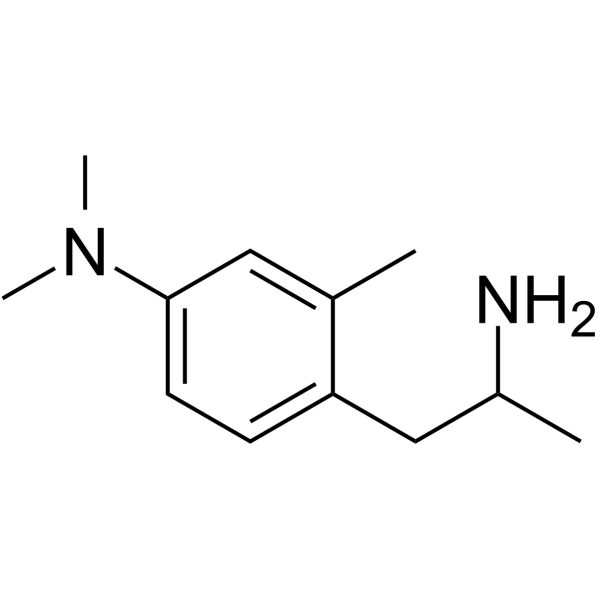
-
GC46272
(±)-Asenapine-13C-d3 (hydrochloride)
An internal standard for the quantification of (±)-asenapine

-
GC46274
(±)-Baclofen-d4
An internal standard for the quantification of (±)-baclofen

-
GC72625
(±)-Coniine hydrochloride
(±)-Coniine drochloride (2-Propylpiperidine drochloride) is a potent nAChR agonist with an EC50 value of 0.3 mM.

-
GC60394
(±)-Duloxetine hydrochloride
(Rac)-Duloxetine hydrochloride
(±)-Duloxetine ((Rac)-Duloxetine) hydrochloride is the racemate of Duloxetine hydrochloride.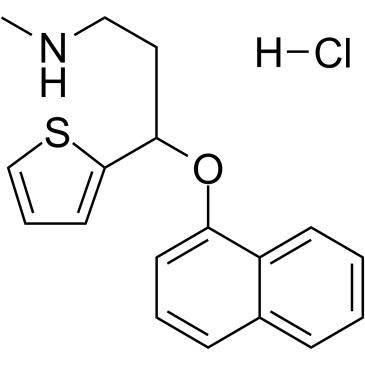
-
GC14410
(±)-Epibatidine
CMI 545
nicotinic agonist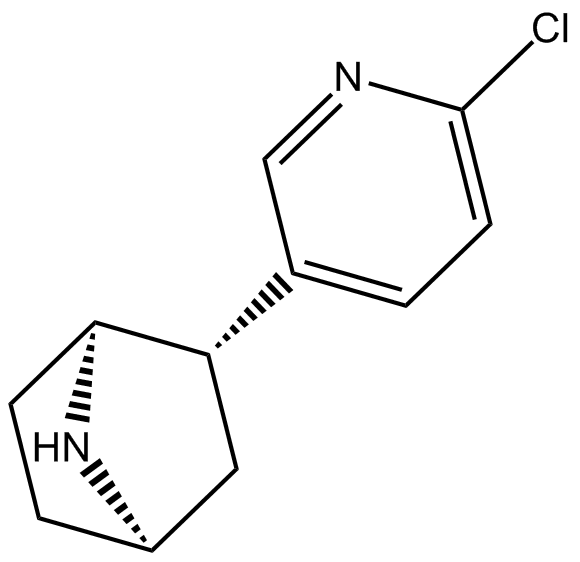
-
GC46288
(±)-Epibatidine (hydrochloride)
CMI 545 dihydrochloride
An agonist of α4β2 subunit-containing nAChRs
-
GC46290
(±)-Ibuprofen-d3
DL-Ibuprofen-d3
An Analytical Reference Standard
-
GC49515
(±)-Ibuprofen-d3 (sodium salt)
DL-Ibuprofen-d3
An internal standard for the quantification of (±)-ibuprofen
-
GC45278
(±)-Ketoprofen-d3
(R,S)-Ketoprofen-d3, 2-(3-benzoylphenyl)Propionic Acid-d3

-
GC12699
(±)-LY 395756
ligand for mGlu2 and mGlu3 receptor
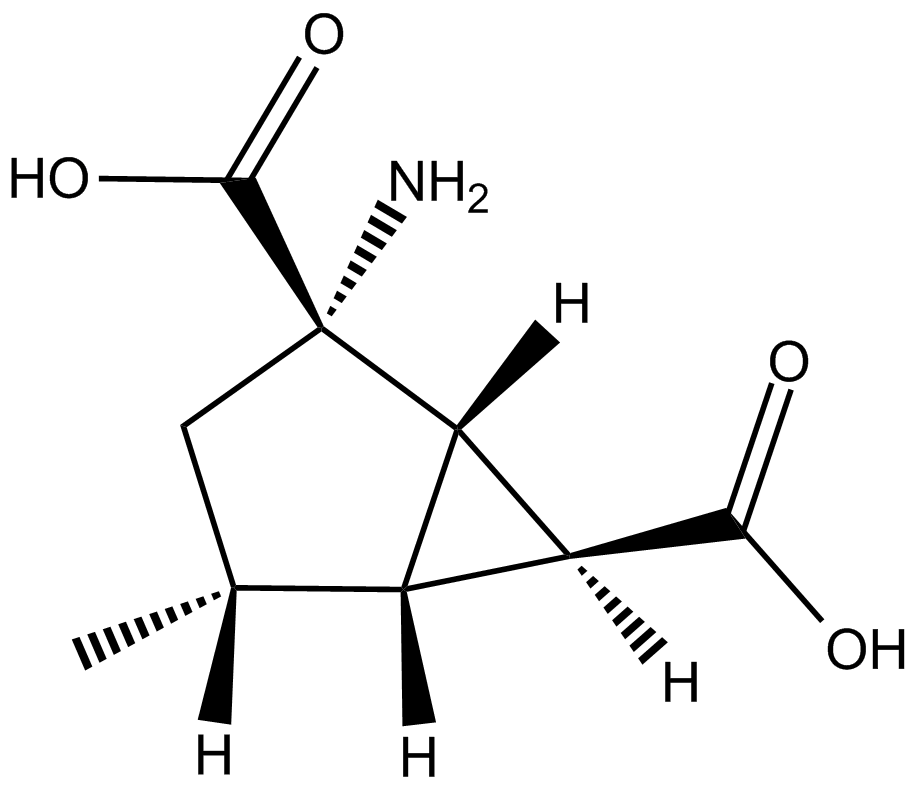
-
GC16735
(±)-McN 5652
5-HT uptake inhibitor
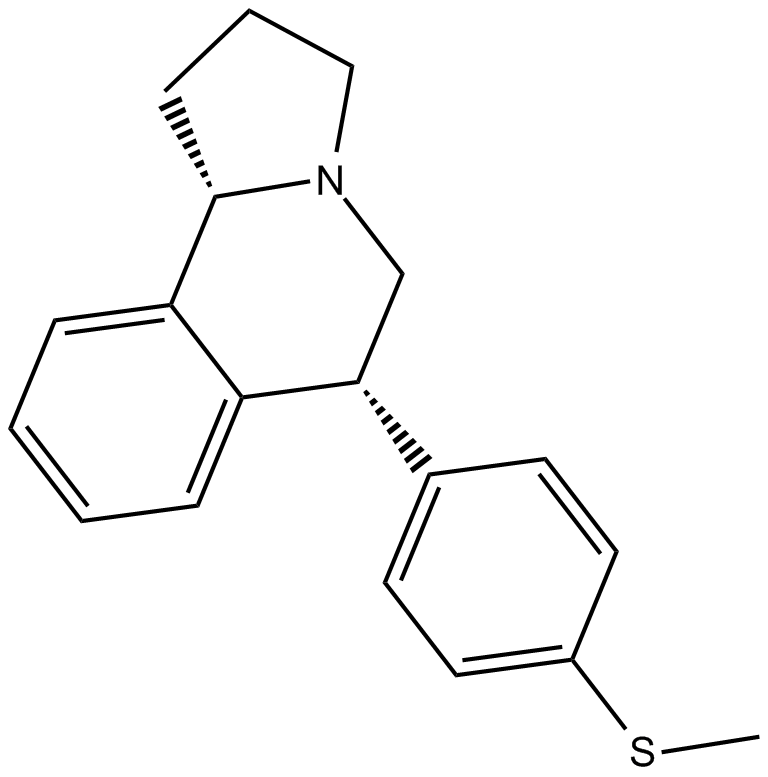
-
GC49875
(±)-N-desmethyl Venlafaxine (hydrochloride)
Wy 45494
A minor active metabolite of venlafaxine
-
GC46305
(±)-Nicotine-d3
DL-Nicotine-d3, (±)-Nicotine-methyl-d3
An internal standard for the quantification of (±)-nicotine
-
GC14834
(±)-Nipecotic acid
(±)-Nipecotic Acid, (R,S)-Nipecotic Acid, 3-Piperidine Carboxylic Acid, DL-Piperidine 3-Carboxylic Acid
GABA uptake inhibitor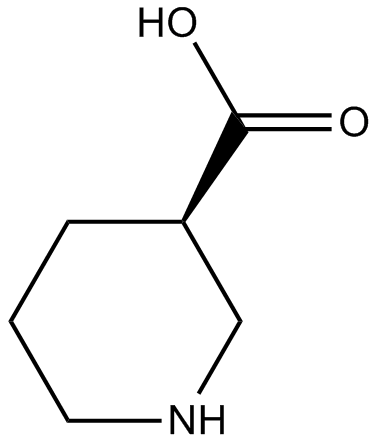
-
GC41676
(±)-Nornicotine
DL-Nornicotine, (R,S)-Nornicotine
(±)-Nornicotine is a metabolite of nicotine that acts as a neuronal nicotinic acetylcholine receptor (nAChR) agonist.
-
GC49482
(±)-Nornicotine-d4
DL-Nornicotine-d4, (R,S)-Nornicotine-d4
An internal standard for the quantification of (±)-nornicotine
-
GC12394
(±)-trans-ACPD
Trans-(±)-ACP
metabotropic glutamate receptors agonist
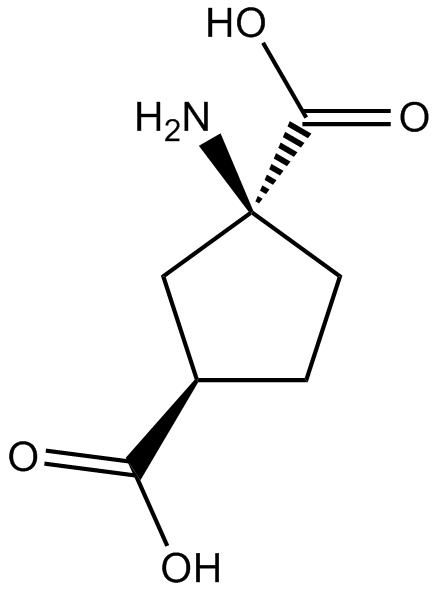
-
GC11128
(±)-Vesamicol hydrochloride
(±)-AH5183 hydrochloride
acetylcholine transport inhibitor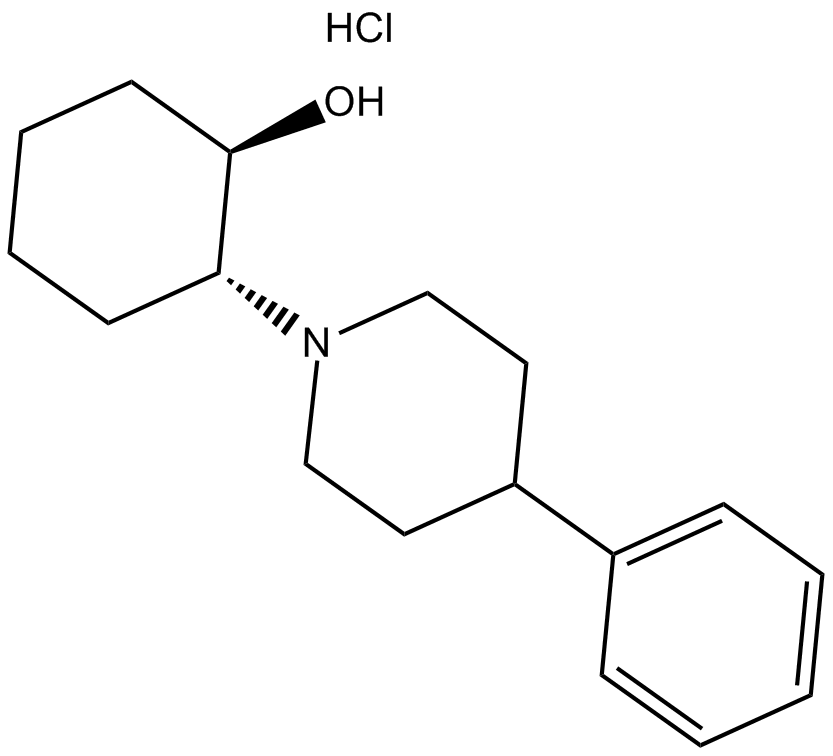
-
GC41685
(±)-WIN 55,212 (mesylate)
(±)-WIN 55,212-2 is a potent aminoalkylindole cannabinoid (CB) receptor agonist with a Ki value of 62.3 and 3.3 nM for human recombinant central cannabinoid (CB1) and peripheral cannabinoid (CB2) receptors, respectively.

-
GC41213
(±)10-HDHA
10hydroxy Docosahexaenoic Acid, (±)10HDoHE
(±)10-HDHA is an autoxidation product of docosahexaenoic acid (DHA) in vitro.

-
GC41214
(±)11-HDHA
11hydroxy Docosahexaenoic Acid, (±)11-HDoHE
(±)11-HDHA is an autoxidation product of docosahexaenoic acid (DHA) in vitro.
-
GC40467
(±)11-HETE
(±)11-Hydroxyeicosatetraenoic Acid
(±)11-HETE is one of the six monohydroxy fatty acids produced by the non-enzymatic oxidation of arachidonic acid.
-
GC40802
(±)12(13)-DiHOME
Isoleukotoxin diol
(±)12(13)-DiHOME is the diol form of (±)12(13)-EpOME, a cytochrome P450-derived epoxide of linoleic acid also known as isoleukotoxin.

-
GC41191
(±)13(14)-EpDPA
(±)13,14-EDP, (±)13,14-EpDPE, (±)13,14-epoxy DPA, (±)13,14-epoxy Docosapentaenoic Acid
Cytochrome P450 metabolism of polyunsaturated fatty acids produces numerous bioactive epoxide regioisomers.
-
GC41192
(±)13-HDHA
13hydroxy Docosahexaenoic Acid, (±)13-HDoHE
(±)13-HDHA is an autoxidation product of docosahexaenoic acid (DHA) in vitro.
-
GC41193
(±)14-HDHA
14hydroxy Docosahexaenoic Acid, (±)14-HDoHE
(±)14-HDHA is an autoxidation product of docosahexaenoic acid (DHA) in vitro.
-
GC41194
(±)16(17)-EpDPA
(±)16,17 EDP, (±)16,17-epoxy Docosapentaenoic Acid, (±)16,17-epoxy DPA, (±)16,17-EpDPE
EDHF (endothelium-derived hyperpolarizing factor) is an unidentified mediator released from vascular endothelial cells in response to acetylcholine and bradykinin which is distinct from the NOS- (nitric oxide) and COX-derived (prostacyclin) vasodilators.

-
GC41196
(±)16-HDHA
16hydroxy Docosahexaenoic Acid, (±)16-HDoHE
(±)16-HDHA is an autoxidation product of docosahexaenoic acid (DHA) in vitro.
-
GC41197
(±)17-HDHA
17-hydroxy Docosahexaenoic Acid, 17-hydroxy DHA, (±)17-HDoHE
(±)17-HDHA is an autoxidation product of docosahexaenoic acid in vitro.
-
GC41199
(±)19(20)-EpDPA
(±)19,20 EDP, (±)19,20-epoxy Docosapentaenoic Acid, (±)19,20-epoxy DPA, (±)19,20-EpDPE
EDHF (endothelium-derived hyperpolarizing factor) is an unidentified mediator released from vascular endothelial cells in response to acetylcholine and bradykinin which is distinct from the NOS- (nitric oxide) and COX-derived (prostacyclin) vasodilators.
-
GC41202
(±)4-HDHA
4hydroxy Docosahexaenoic Acid, (±)4HDoHE
(±)4-HDHA is an autoxidation product of docosahexaenoic acid (DHA) in vitro.
-
GC41203
(±)7(8)-EpDPA
(±)7,8-EDP, (±)7,8-EpDPE, (±)7,8-epoxy DPA, (±)7,8-epoxy Docosapentaenoic Acid
Docosahexaenoic acid is the most abundant ω-3 fatty acid in neural tissues, especially in the brain and retina.
-
GC41204
(±)7-HDHA
7hydroxy Docosahexaenoic Acid, (±)7HDoHE
(±)7-HDHA is an autoxidation product of docosahexaenoic acid (DHA) in vitro.

-
GC41205
(±)8-HDHA
8hydroxy Docosahexaenoic Acid, (±)8HDoHE
(±)8-HDHA is an autoxidation product of docosahexaenoic acid (DHA) in vitro.
-
GC33544
(±)-Methotrimeprazine (D6) (dl-Methotrimeprazine D6)
(±)-Methotrimeprazine-d6; dl-Methotrimeprazine-d6
(±)-Levomepromazine D6 ((±)-Methotrimeprazine D6) is the deuterium labeled Methotrimeprazine, which is a D3 dopamine and Histamine H1 receptor antagonist.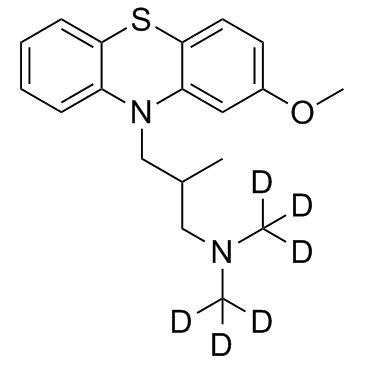
-
GC31026
(±)-Tazifylline
(±)-Tazifylline is a potent, selective and long-acting histamine H1 receptor antagonist.
